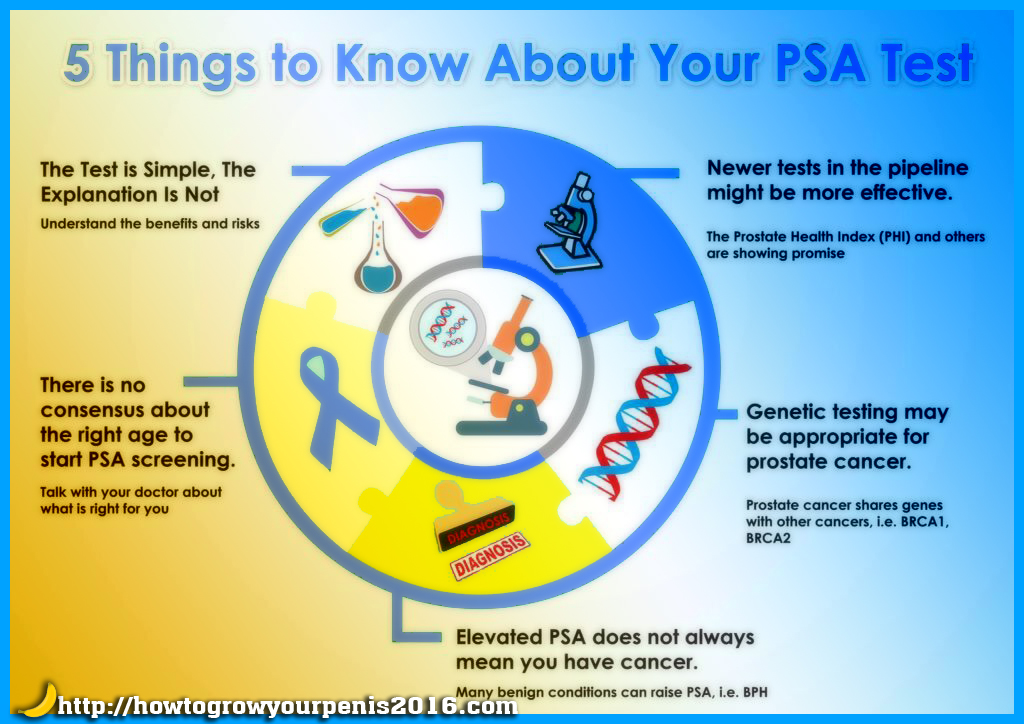“Bend over, please.”

These three little words are enough to strike fear in the hearts of grown men. However, at a certain age those three little words from your doctor can save your life. Once you reach the age of 45 and are at high risk for prostate cancer, 40 if you’re African American, or over 50 with no other risk factors, count on hearing those three little words.
 What on earth does your doctor intend when he tells you to bend over? It’s not pleasant and it’s not fun, but as part of a thorough physical exam, your doctor is going to examine your prostate for lumps, bumps or other irregularities. It’s a DRE (digital rectal exam, and the “digital” here has nothing to do with numbers) and it’s the only way to physically examine the prostate gland.
What on earth does your doctor intend when he tells you to bend over? It’s not pleasant and it’s not fun, but as part of a thorough physical exam, your doctor is going to examine your prostate for lumps, bumps or other irregularities. It’s a DRE (digital rectal exam, and the “digital” here has nothing to do with numbers) and it’s the only way to physically examine the prostate gland.
You might be wondering what a prostate does and where it’s located.
The prostate is a three-lobed, walnut-sized gland that surrounds the urethra (the tube that carries urine) in men. It’s just below the bladder and can only be felt during a rectal exam. The prostate secretes a fluid that carries sperm, called seminal fluid. It’s an exocrine gland, meaning the secretions pass through ducts to the outside of the body, like sweat glands. Isn’t that fascinating? (It could someday be a question on Jeopardy.)
Recomment to read: How Men Can Remain Healthy and Sexually Active in Middle Age
Taking the plumbing for granted is easy, especially when it works like it’s supposed to and causes no problems. Even though your ex may say different, men mature, and as they do, so does the prostate gland. Unfortunately, the symptoms of an aging prostate gland mimic those of prostate cancer, although in many cases of prostate cancer there are no symptoms, and the dreaded DRE is not enough.
Not enough? No symptoms? How do you diagnose prostate cancer?
In addition to the DRE, a simple blood test can be performed called a Prostate Specific Antigen test. The PSA is a specific protein found only in the prostate, and if the levels are up, it means there’s something going on. Don’t panic; it could be something as simple as a prostate infection, irritation, or recent ejaculation. (Reminder: don’t have a PSA done after a hot date on Saturday night.) The combination of a DRE and PSA are the most effective ways of detecting prostate cancer in men.

High-risk patients are generally over 65, have a family history of prostate cancer, and most likely are ingesting a diet high in animal fat. In this case, you need to have these tests done from the age of 40. African-American men have the highest rate of prostate cancer, so they need to be closely monitored as well.
Keep in mind the PSA does have its limitations. Sometimes, there are false positive or false negative readings, and an elevated PSA doesn’t always mean cancer. According to the National Cancer Institute, only twenty-five to thirty percent of men who have a biopsy due to an elevated PSA actually have prostate cancer. Autopsies have shown almost 80% of men over the age of 75 shows some cancerous cells in their prostate, but it’s not the cause of their death.
Recommend to read: How to Get Rid of Pearly Penile Papules? Natural Removal Method
An elevated PSA then, is just one tool in diagnosing this condition, and in conjunction with a DRE, can provide a reliable diagnosis.
In the meantime, when the doctor says bend over, now you know what he’s looking for.
You just have to take it like a man.